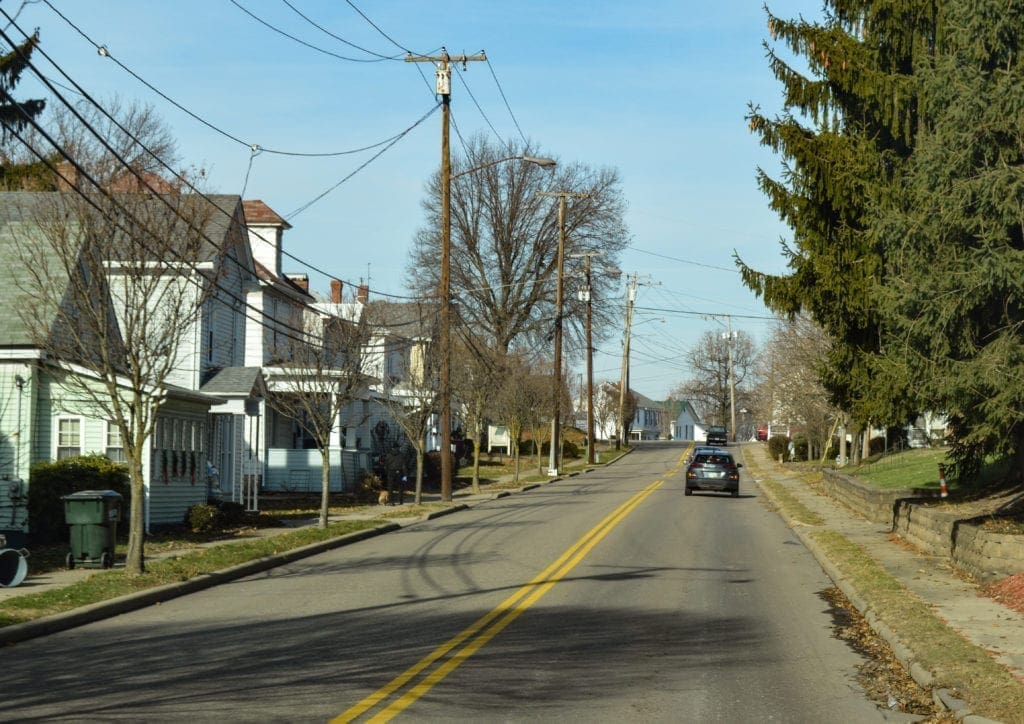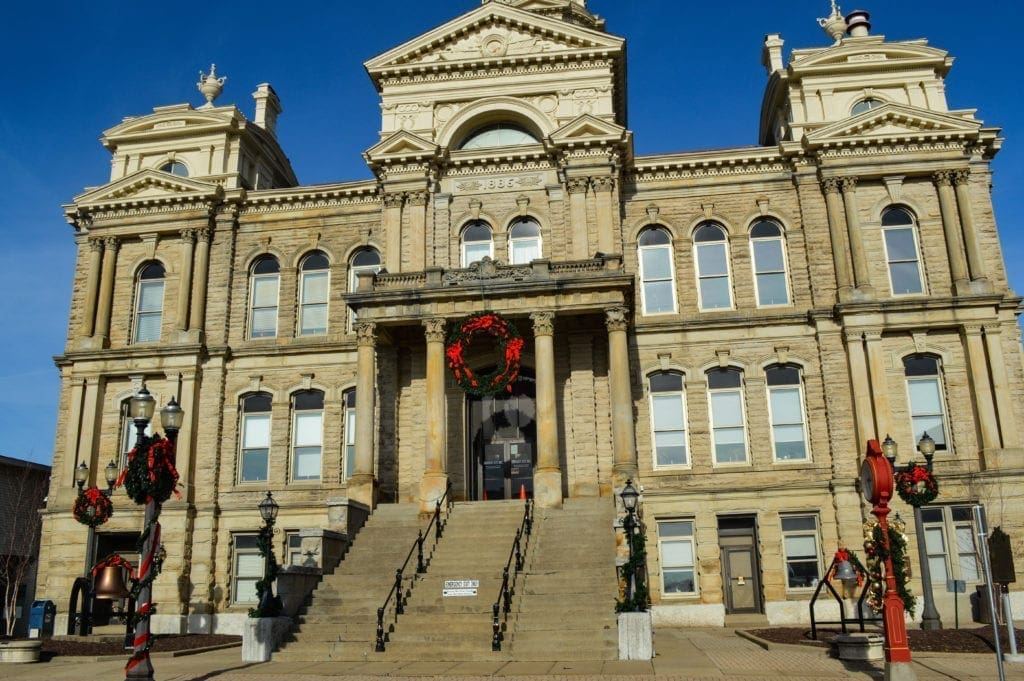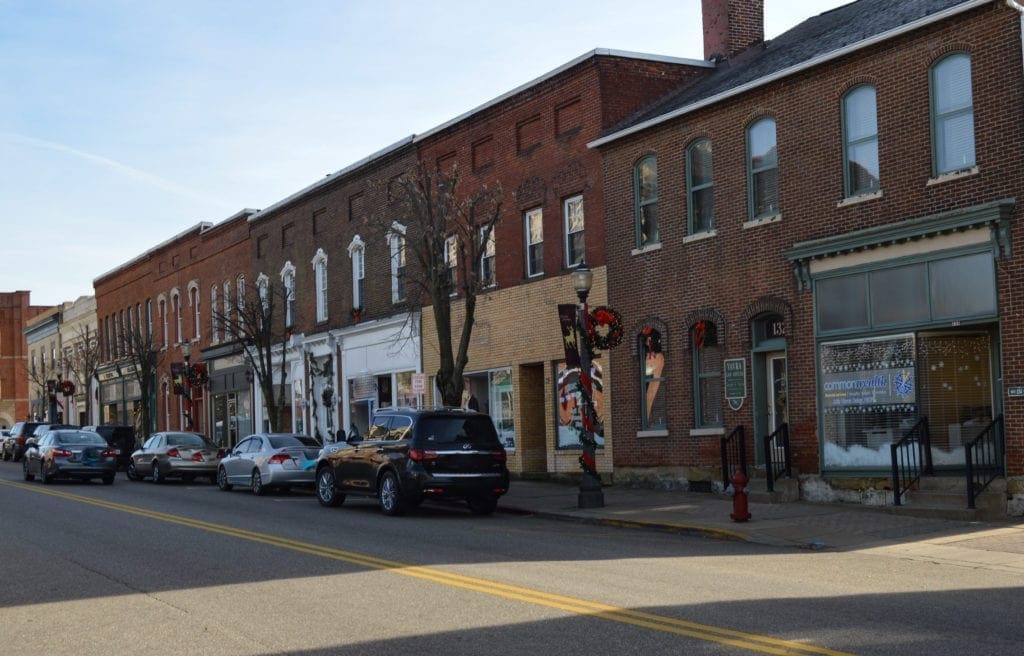She was enjoying her retirement and doing what she wanted to do whether it involved her love for dogs or horses.
But these days Kathryn Thalman can’t wait to become the next mayor of St. Clairsville, Ohio, a municipality in East Ohio that serves as the county seat of Belmont County. On Jan. 2, Thalman will take the oath of office at the Municipal Building to join her seven council colleagues, and the cookies and coffee will be on her dime and not the city’s.
“The state of the city’s finances hasn’t been shared with me yet, so I’ll just take care of the refreshments,” she said. “I’m excited for that moment despite not knowing everything involved. I just want us to make a positive difference.”
But the graduate of Wheeling Central Catholic and West Liberty State College is confident she’ll receive support from the citizens of St. Clairsville, and that’s because of the voting results. A total of 1,513 residents went to the polls, and 618 ballots preferred Thalman over Bill Brooks (481), and the incumbent Terry Pugh (368).
“What just happened on Election Day in St. Clairsville was something of a revolution because I’ve never been in politics,” Thalman explained. “I’ve never been part of a ‘good-ol’-boys’ network or part of any elite group in the city. I’m just a middle-class person who loves our little town.
“I just want to see things get better in St. Clairsville, and I believe that can happen, so I think it’s a good thing to be coming into this position with no pre-conceived notions,” she said. “Plus, I don’t owe anyone any favors, and I will look at everything with a business set of eyes.”

What guided Thalman to the mayor’s position began with a trip to the Municipal Building to search for answers concerning the possible sale of the city’s water department to Aqua-Ohio. Her continued interactions with city officials, however, altered her focus.
“I know my goal is to go into this job with a better attitude than what I experienced with the city government, and we also have a new council member in Tera Butler. I’m very excited to hear about some of things she would like to see because that young lady is smart, she’s spirited, and she has a family that she loves very much,” Thalman said. “She has skin in the game because of her two children, and Tera has already been able to accomplish some wonderful things.
“I believe the dynamics will change because of the way people voted,” she said. “I also believe the members of council will be able to vote the way they feel that is best because they want to see things improve, too. One thing I want everyone to know is that they should feel free to come up to me anytime to discuss their ideas. I am looking forward to that input because I feel working together is the best possible way for us to see the progress that everyone wants to see. I want to see us all work as a team.”
Despite the fact her vows still are more than two weeks away, Thalman has attended several meetings pertaining to the future of the water department because she remains convinced selling it is not in the best interest of St. Clairsville.
“I have had several meetings, including one with the Ohio EPA, and they have made me confident that they are there to help us get through this mess,” Thalman reported. “The officials from the EPA have spelled out very clearly what the priority list is, and that is why I have also met with several engineers and groups who will be here to help us in this situation.

“The folks from the EPA also told us they are there to help us with grants and loans, and that was a huge relief to me because, until I see everything the mayor should see, I have no idea how much this will cost the taxpayers,” she said. “But I promise you we will be asking them for that help.”
During those gatherings, she has learned the Ohio EPA favors ground water to surface-water reservoirs because of the differences involved with water-source management, but Thalman is aware that’s not an option in St. Clairsville.
“Our city doesn’t have options for such a ground source because of how much this area has been mined through the years,” she explained. “So that is why we’ll need to look at tapping into a different water source like what Bellaire and Martins Ferry have.
“I know those are out-of-the-box options for us, but I feel they are options we need to explore in the future,” Thalman said. “This situation is way more complicated than just turning on the tap in the sink.”
The mayor-elect is well aware the water situation is the tip of the St. Clairsville iceberg when it comes to serving the citizens, and one way she sees a chance for growth is to address the ordinances currently in place when it concerns opening a business within the municipality’s borders.

“I have promised to make St. Clairsville business friendly, and we are working on that already by reviewing some of the codes that are in place and thinking about changing some of the restrictions,” Thalman said. “The city is a historic district, so we are going to take a look to see what we can do to make it a little easier for businesses to get set up in our city.
“We are developing a plan that will help St. Clairsville get into the future so we can be prepared for whatever the possible cracker plant in the county will bring to us,” she said. “If it moves forward, we are confident that other types of businesses will follow, and I believe it’s important for our city to be an option to those developers.”
St. Clairsville was founded as “Newellstown” but renamed St. Clairsville in 1802 with 400 residents. It was initially incorporated in 1807, and was again in 1818, but in 1977 the community attained city status.
“And what that means is that the infrastructure we have underground has been there for a long time,” Thalman said. “My father always said that you have plan your work, and then you have to work the plan. So, my idea is for us as a council to address our aging infrastructure to plot the city and to work with our staff to develop the best possible plan to fix what needs fixed.
“According to those EPA officials, the majority of our underground infrastructure was installed between 1900 and 1920 because that’s when that technology became available,” she said. “Our sewer plant is relatively new, so it’s OK, but what’s underground is old, and not much of it has been addressed through the years. I hope we can change that in the future.”

